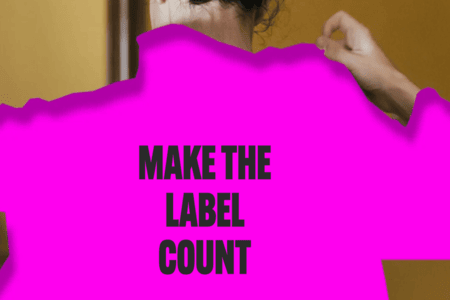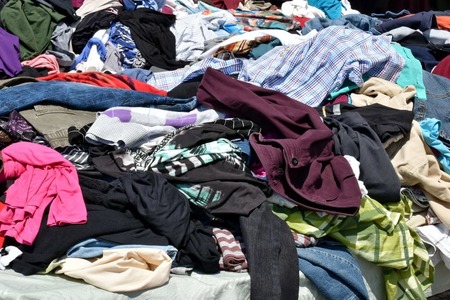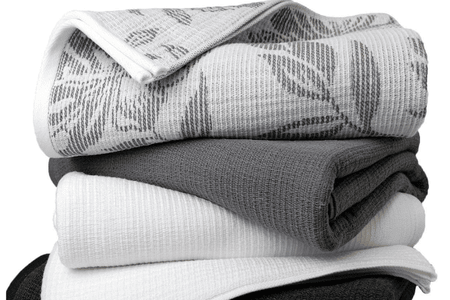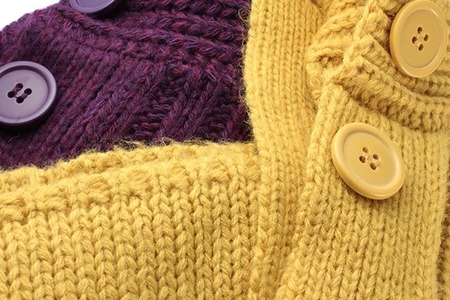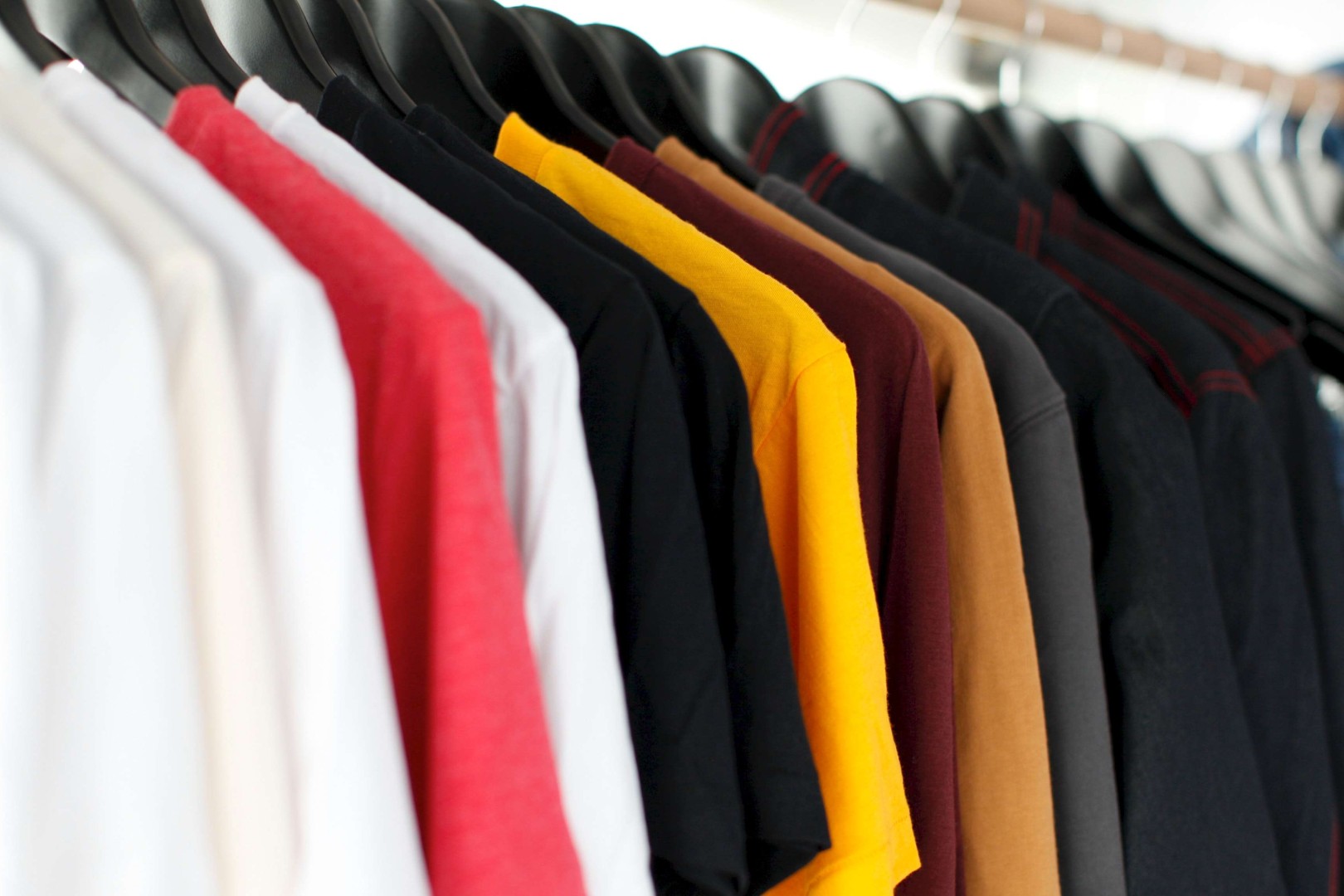
EU briefing says circular business models and smarter design can reduce climate impact from textiles
YarnsandFibers News Bureau 2022-02-17 11:53:56 – United KingdomAccording to a new European Environment Agency (EEA) assessment, garment and textile use in Europe has the fourth biggest impact on the environment and climate, after food, housing, and mobility.
The European Environment Agency (EEA) has published a briefing to examine measures that can reduce the negative life cycle impact on climate change for textiles and apparel, including resource use, greenhouse gas emissions, and microplastic pollution, ahead of the European Union (EU) strategy for sustainable and circular textiles.
The briefing, titled 'Textiles and the environment: the role of design in Europe's circular economy,' was released on February 10th and explains how circular business models and intelligent design can be utilized to lessen the environmental impact of textiles and clothing. Measures are also proposed to improve product durability, repairability, and recyclability, as well as to assure the use of secondary raw materials in new goods.
The EEA briefing examines this specific type of pollution, highlighting three major prevention measures: sustainable design and production, emissions management during use, and improved end-of-life processing.
According to the briefing, textiles created the third-highest pressure on water and land use in 2020, as well as the fifth-highest use of raw materials and greenhouse gas emissions. Textile usage in the EU required 9 cubic meters of water, 400 square meters of land, 391 kilograms (kg) of raw materials, and a carbon footprint of approximately 270 kg per person. The great majority of resource consumption and emissions occurred outside of Europe.
The briefing also examines how circular business models and smart design might lessen the negative consequences of textile manufacturing and consumption by preserving the value of textiles, extending their life cycles, and boosting the use of recycled materials. This requires technological, social, and corporate innovation, as well as policy, education, and changes in consumer behavior.
The design of textile items is an important factor in increasing their circularity. Circular design elements, such as careful material selection, a timeless aesthetic, or garment multi-functionality, can enable products to be used and reused for longer periods of time, hence extending the life cycle of textiles. According to the EEA briefing, optimizing resource utilization and decreasing emissions at the production stage, as well as the better collection, reuse, and recycling of discarded textiles, will help to offset negative impacts.
According to the EEA briefing, pollution could be decreased, for example, by adopting alternative production processes and pre-washing of clothing at manufacturing locations with proper wastewater filtering. Other viable solutions that could be implemented or scaled-up include the incorporation of filters into household washing machines, the development of softer detergents, and general clothing care. Finally, textile waste collection, wastewater treatment, and management would help to reduce environmental leaks.
Market Intelligence
Ask for free sample Report

experience
Customer Base
dedicated team
Countries Served Worldwide




